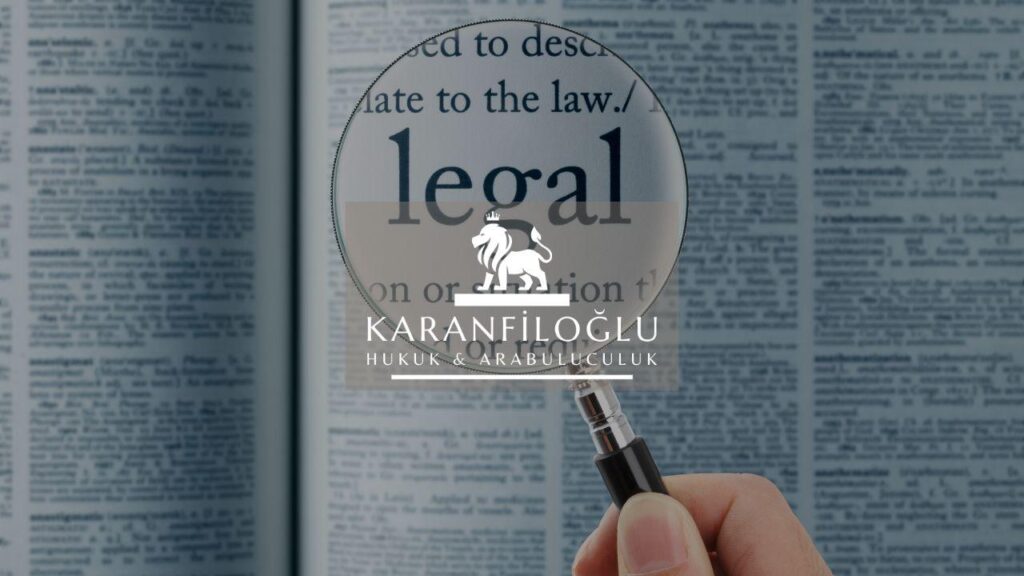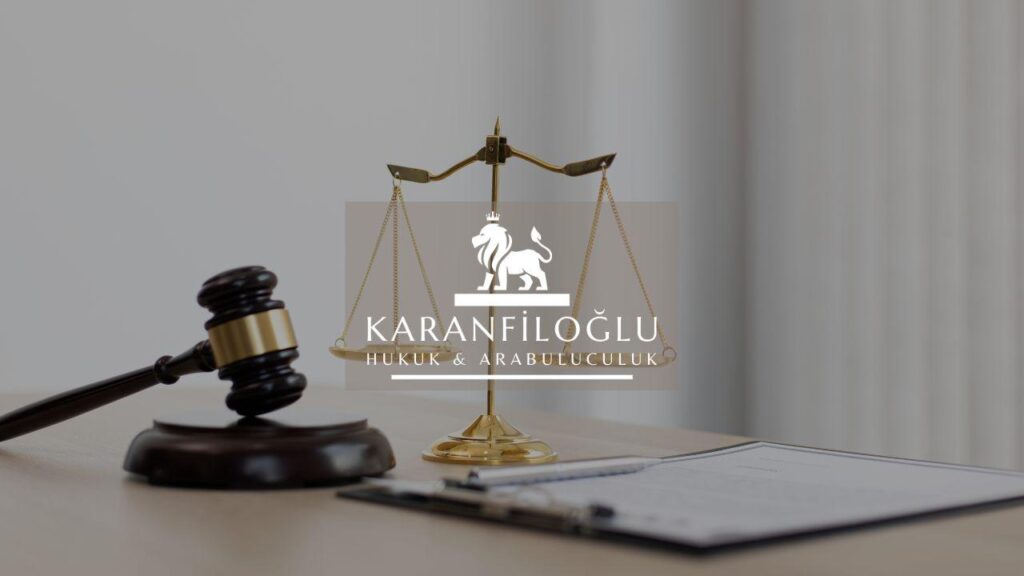Revoking a power of attorney might seem daunting, but understanding the legal procedures can simplify the process. The revocation of power of attorney doesn’t have to be a maze. Whether you’re facing a change in circumstances or have concerns about the appointed agent, knowing how to revoke power of attorney is essential. The power of attorney process gives authority, but you have the right to reclaim it. You might wonder, where do I begin? That’s where an attorney revocation guide comes in handy, outlining each step with clarity. Failing to follow the legal procedures could lead to complications, so attention to detail is crucial. Imagine it as crossing all your “t’s” to prevent future headaches. In this journey, the end goal is ensuring your intentions are respected. Navigating these waters with the right information empowers you, retaining control over your affairs, and paving the way for peace of mind.
Understanding the Grounds for Revocation
Understanding the grounds for revocation is pivotal in the revocation of power of attorney. Life changes unexpectedly, and so might the reasons for altering such a legal document. Common grounds include doubts about the agent’s capabilities, conflicts of interest, or a shift in your relationship dynamics. Recognizing these signs is instrumental in safeguarding your interests. An attorney revocation guide will list these common reasons and further detail the steps involved. Imagine it as knowing the playbook before stepping onto the field. You need clarity before initiating legal procedures to ensure the power of attorney process goes smoothly. By being proactive and understanding how to revoke power of attorney, you maintain control. It’s about steering your ship confidently, charting your course without feeling adrift. Always stay a step ahead, ensuring your wishes aren’t just noted but respected.
Consider the scenario where your appointed agent has fallen short of expectations. Maybe their decisions no longer align with your goals. These moments signal the need for understanding the revocation of power of attorney. You might compare it to changing the captain on a ship when the course goes astray. The power of attorney process gives authority but don’t forget—you are the owner of this ship. This is where the attorney revocation guide becomes your compass, steering you through legal procedures. It’s not just an option; knowing how to revoke power of attorney is a responsibility. Moreover, failing to recognize these signals may lead to unintentional outcomes. Instead, tackle this challenge head-on, ensuring the evolution of your decisions mirrors your wishes. As your circumstances shift, never hesitate to rethink the strategy. Safeguarding your interests is paramount, and adapting is part of the journey.
Envision a situation where unforeseen circumstances serve as a wake-up call. Suddenly, revisiting your power of attorney may become necessary. Picture the attorney revocation guide as a toolkit, with each tool representing a different reason for revocation. Life throws curveballs, and the power of attorney process is no exception. Perhaps your agent faces a personal crisis or legal trouble, causing you to question their fitness for the role. It’s akin to realizing your ship’s anchor isn’t as sturdy as it once seemed. The legal procedures around how to revoke power of attorney are your stabilizing factor. Taking this step isn’t just about making changes; it’s a crucial measure. Remember, anticipation is the key to navigating these shifts smoothly. Understanding the revocation of power of attorney empowers you, ensuring you remain at the helm, guiding your life in alignment with your principles.
Step-by-Step Guide to Legal Procedures
Starting the revocation of power of attorney involves a clear understanding of legal procedures to ensure a smooth transition. Begin by drafting a revocation document that explicitly states the intent to cancel the power of attorney. This document must include your signature, and it’s wise to have it notarized, as this step often adds legitimacy to the process. Communication is key; inform all relevant parties, including the appointed agent and financial institutions involved, by providing them with copies of the revocation. In some situations, you might need to file the revocation document with a local government office, as specified in an attorney revocation guide. Knowing how to revoke power of attorney and taking these steps ensures that your wishes are respected. The power of attorney process can be reinstated or adjusted if needed, as long as you follow these essential legal procedures.
Understanding the step-by-step legal procedures makes the revocation of power of attorney more manageable. First, consult the attorney revocation guide for specific requirements in your jurisdiction, as laws can vary. Next, gather all necessary documents, such as the original power of attorney and any related legal paperwork. This preparation is crucial in the power of attorney process. Once ready, the drafting and notarizing of the revocation document is vital. The next step is delivering this document to all concerned parties, including financial entities and the appointed agent. Additionally, confirm receipt of these documents to ensure compliance with the revocation. How to revoke power of attorney sometimes involves extra steps, like recording the revocation with local authorities—do confirm if this applies to you. Thoroughly following these legal procedures ensures that your interests are safeguarded without ambiguity. Reclaiming your authority through a structured approach provides clarity and peace of mind.
When it comes to understanding the revocation of power of attorney, a detailed step-by-step guide to legal procedures is indispensable. Start by consulting an attorney revocation guide for tailored advice on your situation. Knowing how to revoke power of attorney effectively depends on familiarizing yourself with your local laws and requirements. You need the original power of attorney document handy, ensuring a thorough overview of what needs revoking. Drafting the revocation document should be precise and clear—outlining your intention to retract the power granted. Once this is complete, notarizing the document is an extra step of assurance. The revocation must then be communicated to the agent and relevant financial institutions. Deliver these documents personally or through certified mail to ensure your bases are covered in the power of attorney process. Keep records for proof in case future questions arise. Adhering strictly to these legal procedures protects your interests and restores your control.
Implications of Revoking Power of Attorney
Revocation of power of attorney is more than a legal act; it’s a turn in the road with significant implications. When you retract this authority, you alter the dynamics of decision-making in your life. The power of attorney process initially grants someone else the ability to make critical choices on your behalf. Pulling back that power means regaining control, but it must be done carefully. Legal procedures serve as both a guide and safeguard, protecting both your interests and those previously vested to your agent. This is where an attorney revocation guide becomes invaluable. It walks you through every necessary step, turning an overwhelming task into a manageable one. Remember, how to revoke power of attorney isn’t just about filling out forms—it’s a reflection of your priorities and intentions. Miss a step, and the consequences might ripple unexpectedly, altering your legal and financial landscape.
Revoking a power of attorney doesn’t just stop an agent’s authority; it reshapes relationships and responsibilities. Consider the impact on the power of attorney process itself. Life’s twists might necessitate reverting control, but with it comes a reshuffling of how decisions are managed. It’s akin to shifting the gears in a vehicle; things must align for a smooth transition. Understanding the implications means aligning with legal procedures to avoid pitfalls. Emotions can run high, and trust could be tested, but the attorney revocation guide is there to buffer the change. Each signature and acknowledgment is a step in reclaiming influence over your matters. How to revoke power of attorney and safeguard your interests is an art in its own right. Dive into the details with caution to maintain the balance you desire. The process isn’t just a formality; it’s a statement of autonomy and planning for a future on your terms.
Revocation of power of attorney is not merely a legal maneuver; it’s a profound change in life’s script. As you embark on this journey, remember that the ripples extend beyond your documents and into your everyday interactions. The implications are vast, affecting not only legal standing but also personal trusts and connections. Deliberate steps in the power of attorney process highlight the importance of informed decision-making. Missing a crucial detail could lead to unintended consequences. That’s where the attorney revocation guide becomes an indispensable ally, ensuring each step is coherent and complete. Think of it as plotting a course to reclaim your helm. Knowing how to revoke power of attorney requires meticulous execution, intertwining logic with foresight. As you handle the intricate threads of emotional and legal ties, these legal procedures won’t just guide you; they’ll fortify your journey towards self-determination, ensuring your narrative unfolds as you intend.
Disclaimer: This article is for general informational purposes only and you are strongly advised to consult a legal professional to evaluate your personal situation. No liability is accepted that may arise from the use of the information in this article.







